Breaking: Next Porsche 911 Looks Exactly Like the Current Porsche 911
Meet the new Porsche 911, Porsche will say in two years, same as the old Porsche 911. Same as the 911 before that, which was same as the old 911 before that and, well, you get the picture.
If you’re looking for the kind of revolutionary design changeover seen when Ford introduced a new Mustang in 2005 or Dodge unveiled a new Ram for 1994 or Hyundai debuted the 2011 Sonata, you’re looking at the wrong automaker.
This is the Porsche 911 we’re talking about, the car that causes other automakers to believe they, too, can merely tinker with existing models to please loyalists and protect their resale values. (We’re looking at you, Chevrolet Camaro.) This is the Porsche 911, a car that still carries its engine where Camrys carry groceries. This is the Porsche 911, a vibrant $90,450–201,450 ode to success that sells more often than budget-minded Toyota sports cars and Buick convertibles.
There’s absolutely no reason to change it. As a result, the Porsche 911 that will drop in 2019, CAR Magazine has revealed, will scarcely be distinguishable from the outgoing 911.
From a purely U.S. perspective — the 911 produces more than one-quarter of its global volume in America — the slowly evolving 911 design clearly hits the mark, with Porsche reporting relatively level sales from one year to the next in a segment of the market known for severe fluctuations.
In the lead up to the 2017 model year mid-cycle refresh, U.S. 911 sales fell to a four-year low of 8,900 units in 2016. But even that drop represented only a 15-percent drop from 2013, when sales had risen to the highest point since before the recession.
Mercedes-Benz SL-Class sales plunged 47 percent during the same period; the Nissan GT-R tumbled 44 percent. Fresher than the others, Audi R8 sales in 2016 were nevertheless down 36 percent from that car’s peak. BMW i8 volume slid 30 percent, year-over-year, in 2016.
Not only have those cars suffered greater fluctuations, they don’t sell nearly as often as the 911, either. Combined, the Mercedes-Benz SL, BMW i8, Audi R8, and Nissan GT-R were outsold by the 911 by 2,151 units in calendar year 2016. For every 911 sold in the U.S. last year, the Maserati GranTurismo, Mercedes-AMG GT, Bentley Continental GT, Dodge Viper, Cadillac ELR, and Acura NSX produced three-quarters of a sale.
By the standards of other high-priced sports cars and GTs, the Porsche 911 is prodigiously popular. It is without equal. Peerless. So-called 911 fighters may be 911 fighters on paper, in buff books, and at the race track, but they’re not even eligible to fight in the same ring when it comes to the actual, real-world marketplace.
(We’re excluding the far more popular Chevrolet Corvette, which is roughly 40 percent less costly than the 911 but sells more than three times as often in America.)
The 911 that performs so well in the marketplace essentially looks the same as it always has. Sure, it’s bigger than it used to be. The current model doesn’t have the over egg headlamps from 1999. The body gracefully bulges over the rear wheels, rather than ostentatiously emerging from the body, aft the rear doors, with greater girth in the 1980s. But while wider and longer, the 911 has maintained its silhouette; its roofline has remained artfully intact.
Every few years, Porsche designers are charged with updating details, but the enlarge button on the office Xerox machine remains their greatest tool.
And why not. The formula always works. Markedly more comfortable, quieter, powerful, and efficient now than ever before, the Porsche 911 is still unmistakably a 911 on the outside — just what 911 buyers want — and undeniably a modern luxury car on the inside.
Porsche is able to charge jaw-dropping sums of money for a car that, in upcoming generation 992 form, will donate much of its architecture to the more affordable 718 Boxster and 718 Cayman. 911 profit margins, already high by industry standards, will be greatly enhanced by spreading the development costs across multiple model lines, and perhaps into other Volkswagen Group brands.
The eighth-generation Porsche 911 is likely wider while featuring more rear wing, thinner taillamps, and an available hybrid powertrain.
You’ll know it’s a 911 when you see it. Whether you know it’s the das neue 911 depends upon the amount of Porsche-branded attire in your closet.
Timothy Cain is the founder of GoodCarBadCar.net, which obsesses over the free and frequent publication of U.S. and Canadian auto sales figures. Follow on Twitter @goodcarbadcar and on Facebook.
More by Timothy Cain
Latest Car Reviews
Read moreLatest Product Reviews
Read moreRecent Comments
- Varezhka I have still yet to see a Malibu on the road that didn't have a rental sticker. So yeah, GM probably lost money on every one they sold but kept it to boost their CAFE numbers.I'm personally happy that I no longer have to dread being "upgraded" to a Maxima or a Malibu anymore. And thankfully Altima is also on its way out.
- Tassos Under incompetent, affirmative action hire Mary Barra, GM has been shooting itself in the foot on a daily basis.Whether the Malibu cancellation has been one of these shootings is NOT obvious at all.GM should be run as a PROFITABLE BUSINESS and NOT as an outfit that satisfies everybody and his mother in law's pet preferences.IF the Malibu was UNPROFITABLE, it SHOULD be canceled.More generally, if its SEGMENT is Unprofitable, and HALF the makers cancel their midsize sedans, not only will it lead to the SURVIVAL OF THE FITTEST ones, but the survivors will obviously be more profitable if the LOSERS were kept being produced and the SMALL PIE of midsize sedans would yield slim pickings for every participant.SO NO, I APPROVE of the demise of the unprofitable Malibu, and hope Nissan does the same to the Altima, Hyundai with the SOnata, Mazda with the Mazda 6, and as many others as it takes to make the REMAINING players, like the Excellent, sporty Accord and the Bulletproof Reliable, cheap to maintain CAMRY, more profitable and affordable.
- GregLocock Car companies can only really sell cars that people who are new car buyers will pay a profitable price for. As it turns out fewer and fewer new car buyers want sedans. Large sedans can be nice to drive, certainly, but the number of new car buyers (the only ones that matter in this discussion) are prepared to sacrifice steering and handling for more obvious things like passenger and cargo space, or even some attempt at off roading. We know US new car buyers don't really care about handling because they fell for FWD in large cars.
- Slavuta Why is everybody sweating? Like sedans? - go buy one. Better - 2. Let CRV/RAV rust on the dealer lot. I have 3 sedans on the driveway. My neighbor - 2. Neighbors on each of our other side - 8 SUVs.
- Theflyersfan With sedans, especially, I wonder how many of those sales are to rental fleets. With the exception of the Civic and Accord, there are still rows of sedans mixed in with the RAV4s at every airport rental lot. I doubt the breakdown in sales is publicly published, so who knows... GM isn't out of the sedan business - Cadillac exists and I can't believe I'm typing this but they are actually decent - and I think they are making a huge mistake, especially if there's an extended oil price hike (cough...Iran...cough) and people want smaller and hybrids. But if one is only tied to the quarterly shareholder reports and not trends and the big picture, bad decisions like this get made.



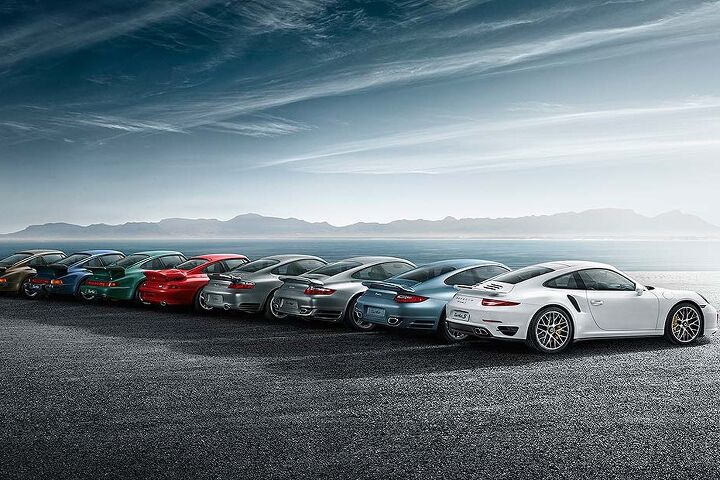



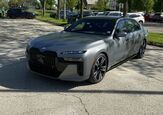









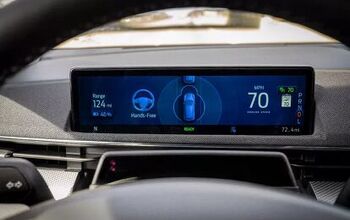
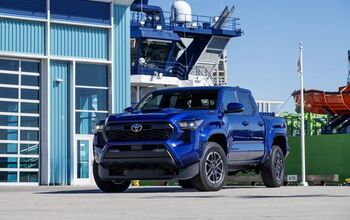

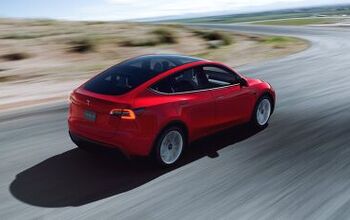
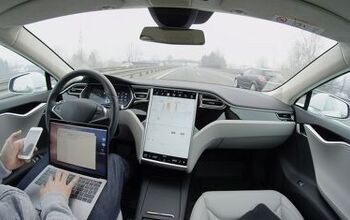
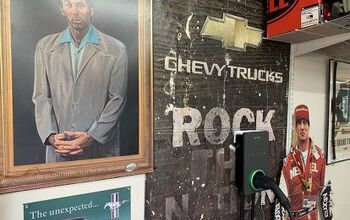
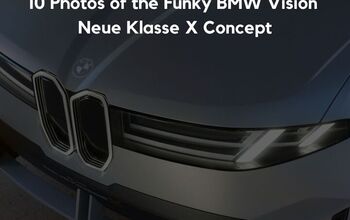
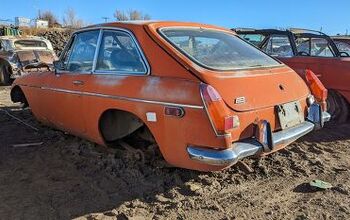
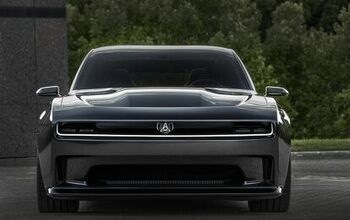
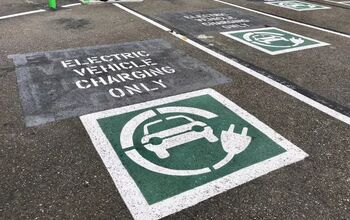
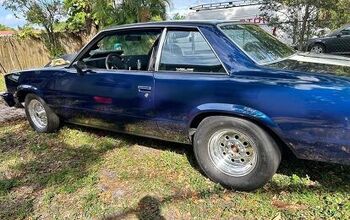
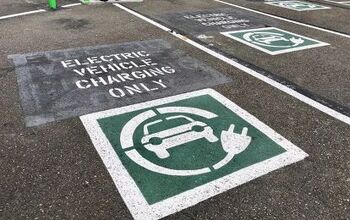
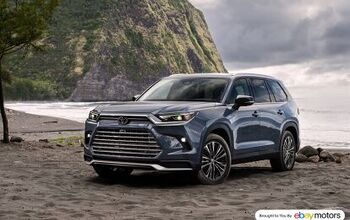
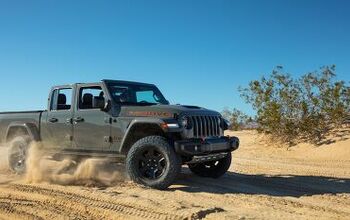

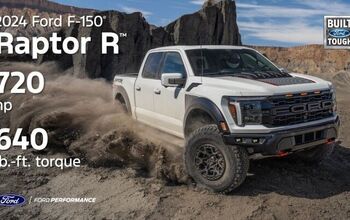

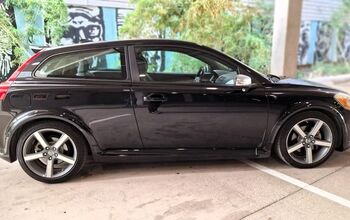
Comments
Join the conversation
I think that the cost and risk of alienating ones customer base is going to push automakers to do more of what Audi is doing with its model line: Keep the A4, A6, A8 fairly conservative, but leverage your architectures to profitably release body style variants such as the A5 Sportback or A7 to appeal to those looking for something a bit more unique. Audi charges a fair premium for the A7, which is nothing more than an A6 with a liftback.
It could be argued that either VW groups designers are the laziest or the most skilled. Each generation of Golf, 911, Passat etc. looks like a tiny nip tuck of the previous. However at the same time, it can be difficult with iconic models with distinctive shapes - Golf, 911 etc. or even the Range Rover or 2001 MINI (both documented at AROnline) trying to freshen a look of a model without alienating customers. Helps with resale value too which in turn helps PCP finance which makes it an attractive proposition for private or business "buyers" - the 3 series F30 looks like an evolution of the E90 which means that the model still looks fresh, used car values all round are strenghened, finance terms are lowered because of the perspective equity in the vehicle, meaning that in the UK a 3 series or A4 (which can be really difficult to tell one generation from the next) is cheaper to finance than a Mondeo (Fusion) or Insignia (sub-premium Buick Regal)!